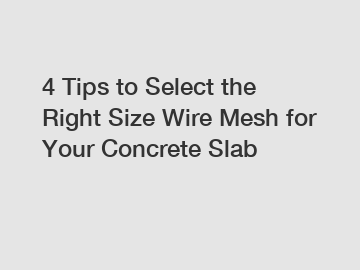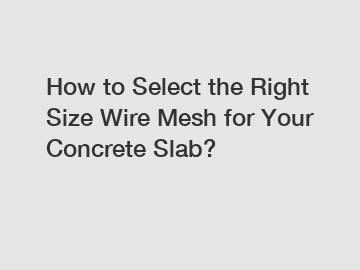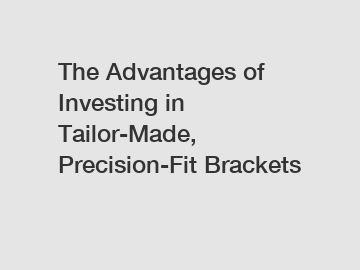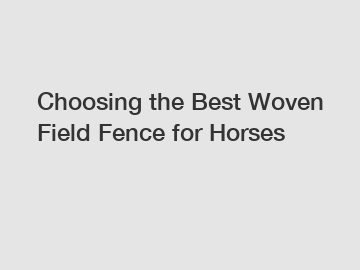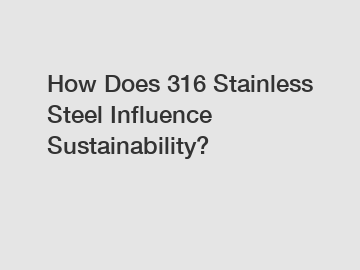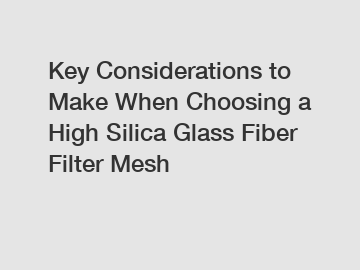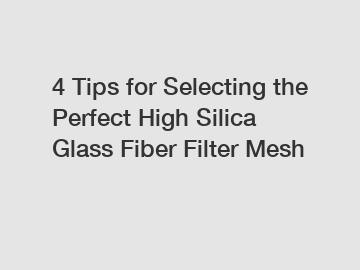What Size T-Post Do I Need for My Fence?
Selecting the right size T-post for your fence is crucial to ensure stability, durability, and overall effectiveness of the fencing structure. T-posts, also known as steel fence posts, are widely used in agricultural, residential, and commercial fencing projects due to their strength, versatility, and ease of installation. Here's how to determine the appropriate size T-post for your fence:
Evaluate Fence Type and Purpose: The type of fence you're building and its intended purpose will influence the size of T-post you need. For example, a lightweight fence for containing small animals may require smaller T-posts compared to a heavy-duty fence for livestock or perimeter security.
Consider Fence Height: The height of your fence is a critical factor in determining the size of T-post needed. Taller fences typically require taller posts to provide adequate support and prevent leaning or sagging over time. As a general rule, taller fences should be paired with longer T-posts to maintain stability and structural integrity.
Assess Soil Conditions: Soil type and conditions can impact the stability and anchoring depth required for T-posts. Soft, loose soil may necessitate longer posts to ensure proper anchoring and resistance to wind and pressure. Conversely, compact or rocky soil may allow for shorter posts, but proper installation techniques are still essential for stability.
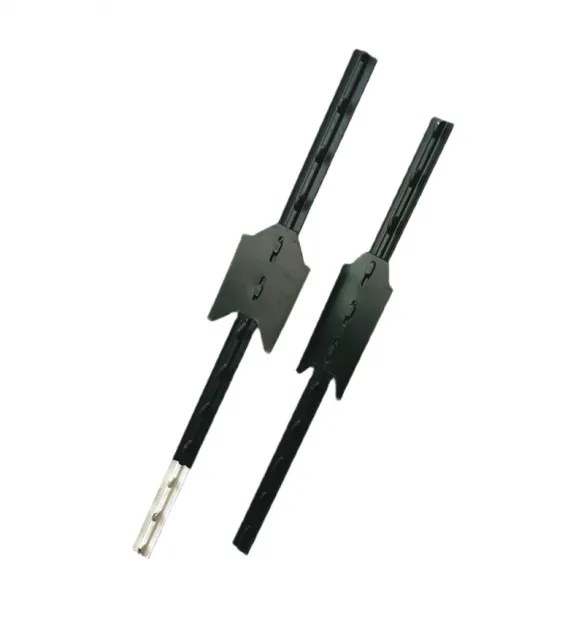
Spacing Between Posts: The spacing between fence T-posts also influences the size and strength needed for your fence. Wider spacing may require larger or heavier posts to withstand the increased tension and weight exerted on each post. Consider the recommended spacing for the type of fence you're installing and choose T-posts accordingly.
Additional resources:How Do You Tension a Wire Mesh Fence?
What is the number one rule when using airless spray guns?
Chainmesh Fencing vs. Concertina Wire: A Comprehensive Comparison
Why Should Every Warehouse Have Foldable Mesh Containers?
Why Choose Galvanized Binding Wire for Your Projects?
Ultimate Guide to Fiber Glass Dust Filter Bags: Benefits & FAQs
Maximize Efficiency with Loop End Wire Ties
Gate and Corner Posts: Gate posts and corner posts typically experience greater stress and tension compared to intermediate posts along the fence line. Therefore, these posts may require larger or stronger T-posts to withstand the additional pressure from gate hardware, tensioning of wire or mesh, and directional changes in the fence line.
Weight of Fencing Material: The weight and type of fencing material you're using will impact the load-bearing capacity of the T-posts. Heavy materials such as wooden boards, welded wire mesh, or chain-link fabric may require sturdier posts to support the weight and maintain structural integrity over time.
Local Building Codes and Regulations: Check local building codes and regulations to ensure compliance with requirements for fence construction, including post size, spacing, and depth of installation. Local codes may dictate specific guidelines for fence construction based on factors such as property zoning, height restrictions, and safety standards.
Consult with Experts: If you're unsure about the appropriate size of T-post for your fence project, consider consulting with fencing professionals, agricultural extension agents, or experienced DIY enthusiasts. They can provide valuable insights, recommendations, and guidance based on their expertise and experience with similar projects.
In summary, choosing the right size T-post for your fence involves considering factors such as fence type, height, soil conditions, spacing, and local regulations. By carefully assessing these factors and consulting with experts as needed, you can select T-posts that provide adequate support, durability, and longevity for your fencing project. Proper installation techniques and maintenance practices further enhance the performance and effectiveness of your fence, ensuring reliable protection and containment for years to come.
How to Use Loop End Wire Ties Effectively?
Ultimate Guide to Tank Entanglement Nets: Safety & Solutions
4 Tips to Select the Perfect Aquarium Filter
4 Tips to Select the Best Hot Dip Galvanized Grating
Key Questions to Ask When Choosing Stainless Steel Railings
How Does High Silica Fiberglass Filter Mesh for Water Treatment Work?
How to Select Premium Silica Fiberglass Filter Mesh for Aluminum Brass Nickel?


